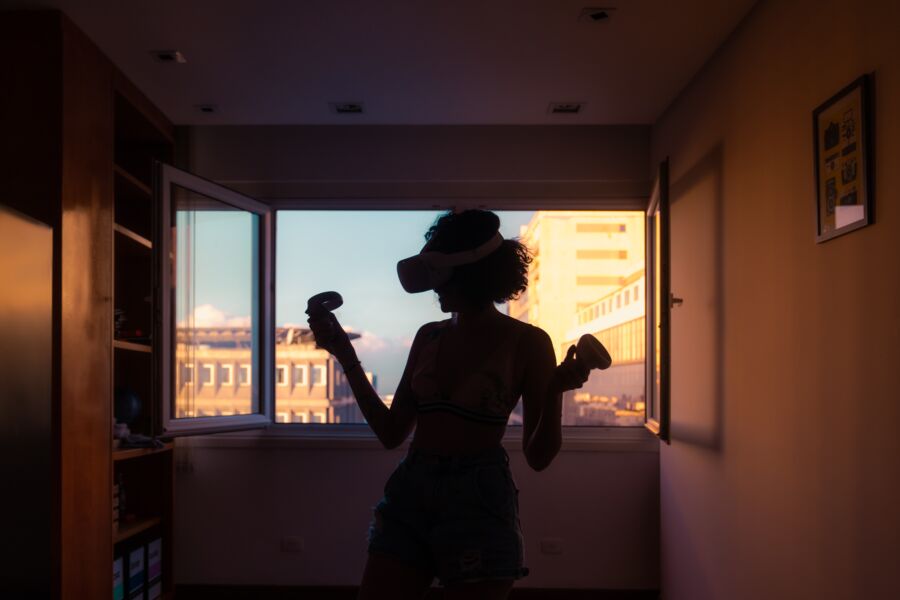The potential of the metaverse for smart glasses
The metaverse represents a convergence of many different technologies – everything from sensors and edge computing to conventional computer screens and applications, like video conferencing apps. The metaverse at large is forecast to drive tremendous growth across all of this, reaching as high as 43% on average per year from 2020 to 2028.
But Augmented reality (AR) and virtual reality (VR) smart glasses in specific are among the most important components, serving as the interface with the metaverse. These smart glasses are projected to grow at an average of 16.6% per year through 2027, a sizable chunk of total metaverse growth. Your competitors are doubtless trying to secure as large a share of this growth as they can. So how will you stand out from the pack and lead the way towards the metaverse of tomorrow?
Video stabilization as a differentiator and enabler for smart glasses
Excellent video capabilities can help differentiate your AR and VR devices from the competition by creating a more realistic, smoother and immersive metaverse experience. High inherent video quality also makes your ecosystem more attractive to app developers and other partners that rely heavily on video. These apps include everything from teleportation-esque video conferencing to AI-powered mapping and object tracking.
Without adequate video stabilization, VR devices in particular are prone to cause virtual reality sickness, inducing nausea in those viewing the video feed from the person wearing the smart glasses or headset.
Even if you’re more active in the AR space, video stabilization is still a fundamental prerequisite for high video quality, as any type of motion can cause shakiness. This can make the whole metaverse experience feel more disjointed and make it harder to enjoy (if for leisure) or to pick up on important information (if for industry use).

